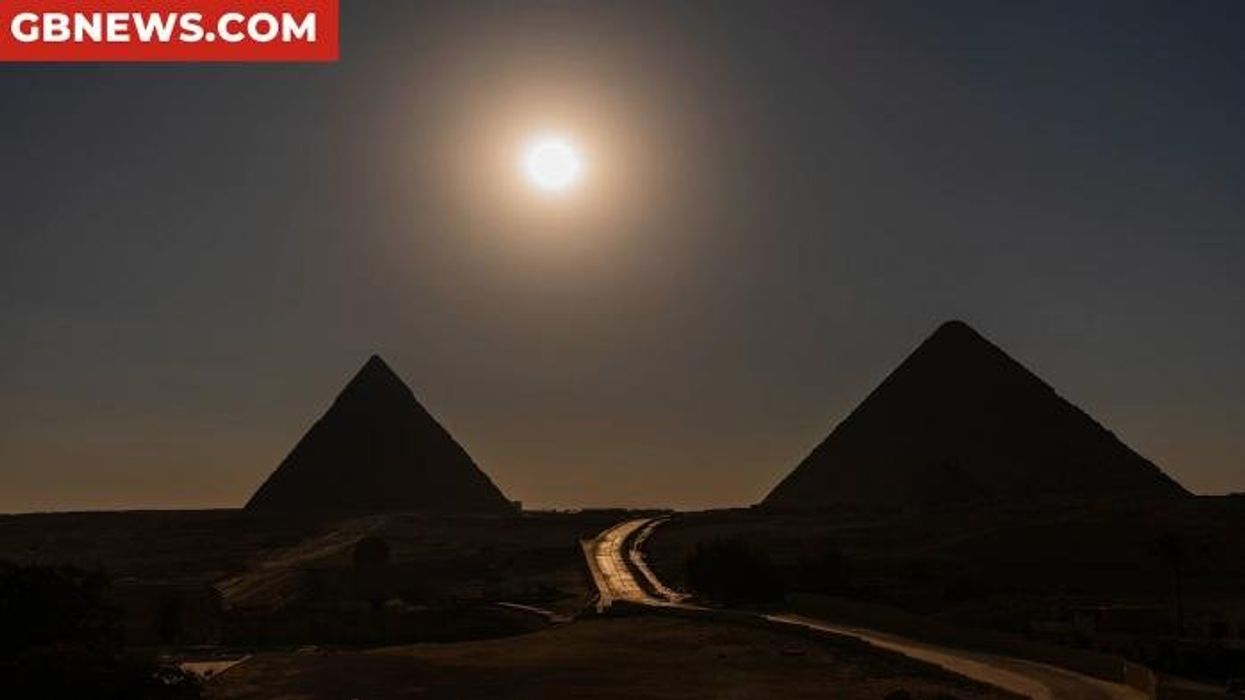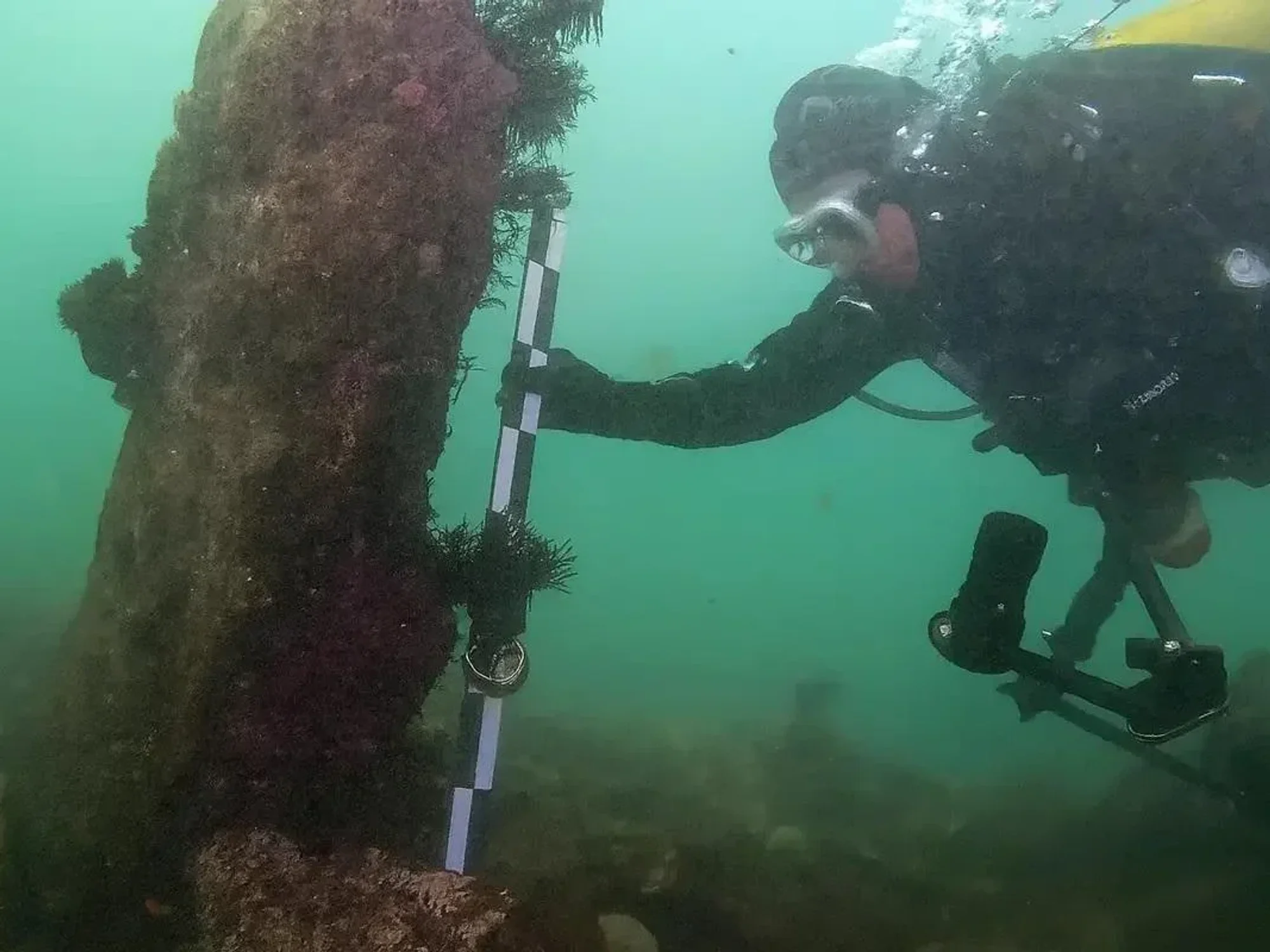Giant ancient burial site 'proves four chapters of the Bible' in major breakthrough
The tombs date back more than 2,200 years and have close ties to St Paul himself
Don't Miss
Most Read
A massive ancient burial site in Turkey has "proved four chapters of the Bible" in a major archaeological breakthrough.
Tombs and artefacts near to Mount Honaz in the Aegean region are believed to provide evidence of Colossae, the city immortalised by St Paul's letters in the Bible.
The discovery of 60 tombs dating back more than 2,200 years was revealed on October 6.
Colossae is known from its references in the New Testament as the home of an early Christian community addressed by St Paul in his Epistle to the Colossians.
TRENDING
Stories
Videos
Your Say
The letter spans 95 verses in four chapters of the Bible, and in it Paul emphasises Jesus' supremacy over all things.
Researchers now think the newly unearthed necropolis could be the biggest of its kind in Anatolia.
It includes rock-cut, trough-shaped tombs which highlight ancient builders's skills in using local porous rock formations.
Archaeologist Baris Yener said: "After removing the surface soil, we identified around 65 tombs, of which we excavated 60."
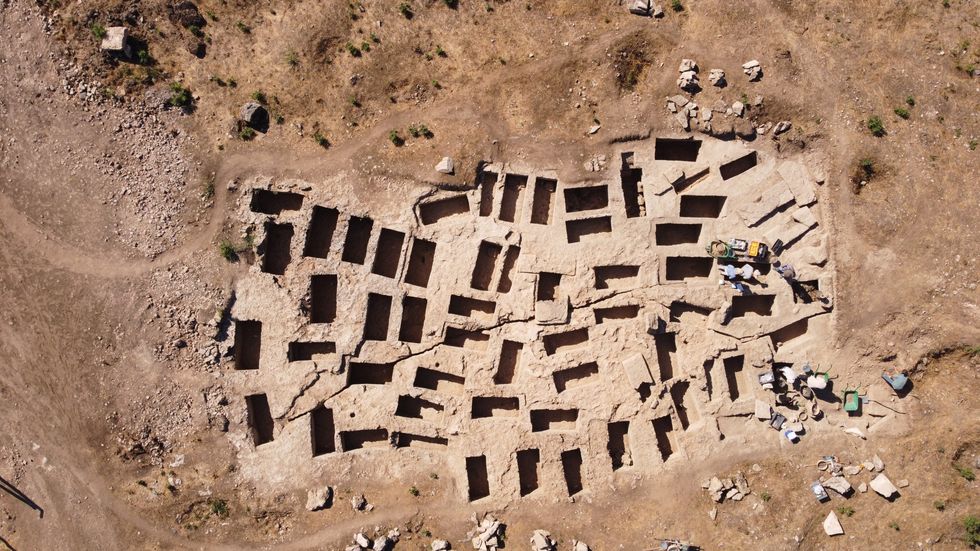
A large variety of artefacts were uncovered within the tombs
|GETTY
A large variety of artefacts were uncovered within the tombs including terracotta ceramics, glass bottles, and oil lamps alongside coins, sandals, and personal belongings of the dead.
The objects gave researchers a unique insight into the lives of those living in Colossae before the arrival of Christianity.
It is thought that the placements of objects in graves suggests a belief in life after death, meaning the people of Colossae had rich spiritual and religious traditions before St Paul wrote his letter.
Charms, amulets and stones, all thought to have healing or protective properties, were also uncovered.
BIBLICAL BREAKTHROUGHS - READ MORE:
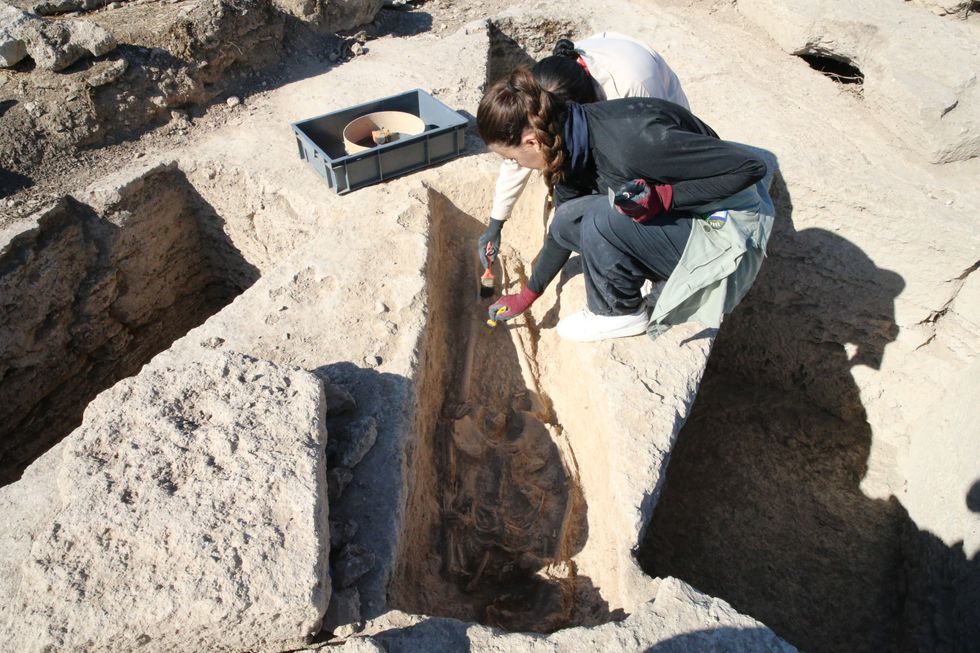
Charms, amulets and stones, all thought to have healing or protective properties, were uncovered
|GETTY
Mr Yener added: "The findings reveal how much the people of Colossae valued magic, talismans and objects believed to offer protection.
"These pre-Christian practices provide essential context for understanding the religious environment in which the early Christian community emerged."
The site also offered archaeologists an opportunity to learn more about the social and economic structures of the time thanks to the arrangement of tombs and the wealth of the grave goods used.
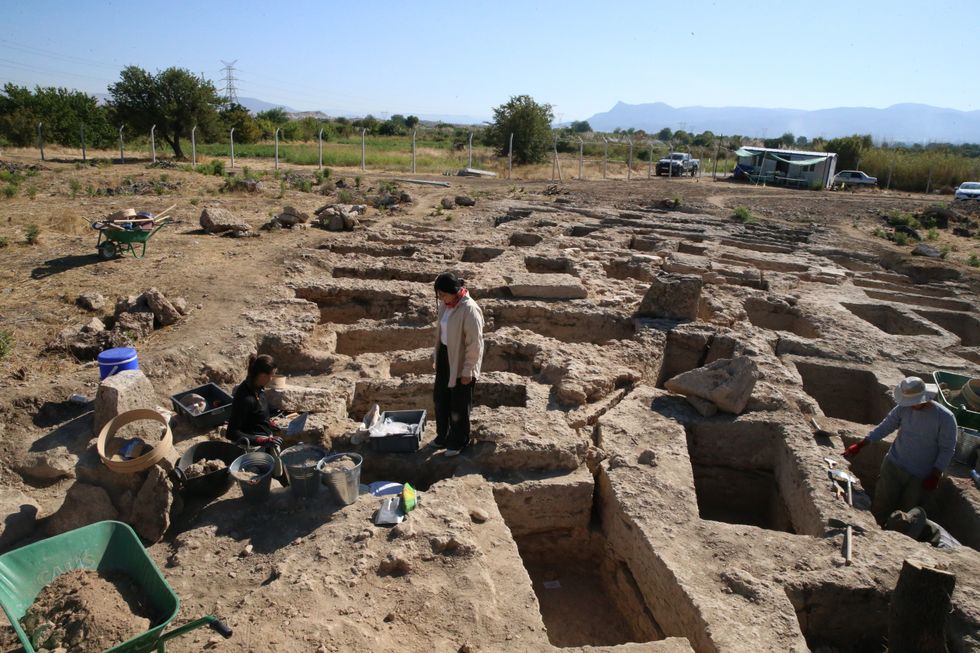
The site also offered archaeologists an opportunity to learn more about the social and economic structures of the time
|GETTY
Scientists were stunned by the "remarkable use" of the ground's geological and topographical features.
Mr Yener continued: "They sought to use the travertine rock formations efficiently, since agriculture - particularly grain production was practiced at the time.
"To preserve arable land, they designated the rocky travertine areas as burial grounds."


